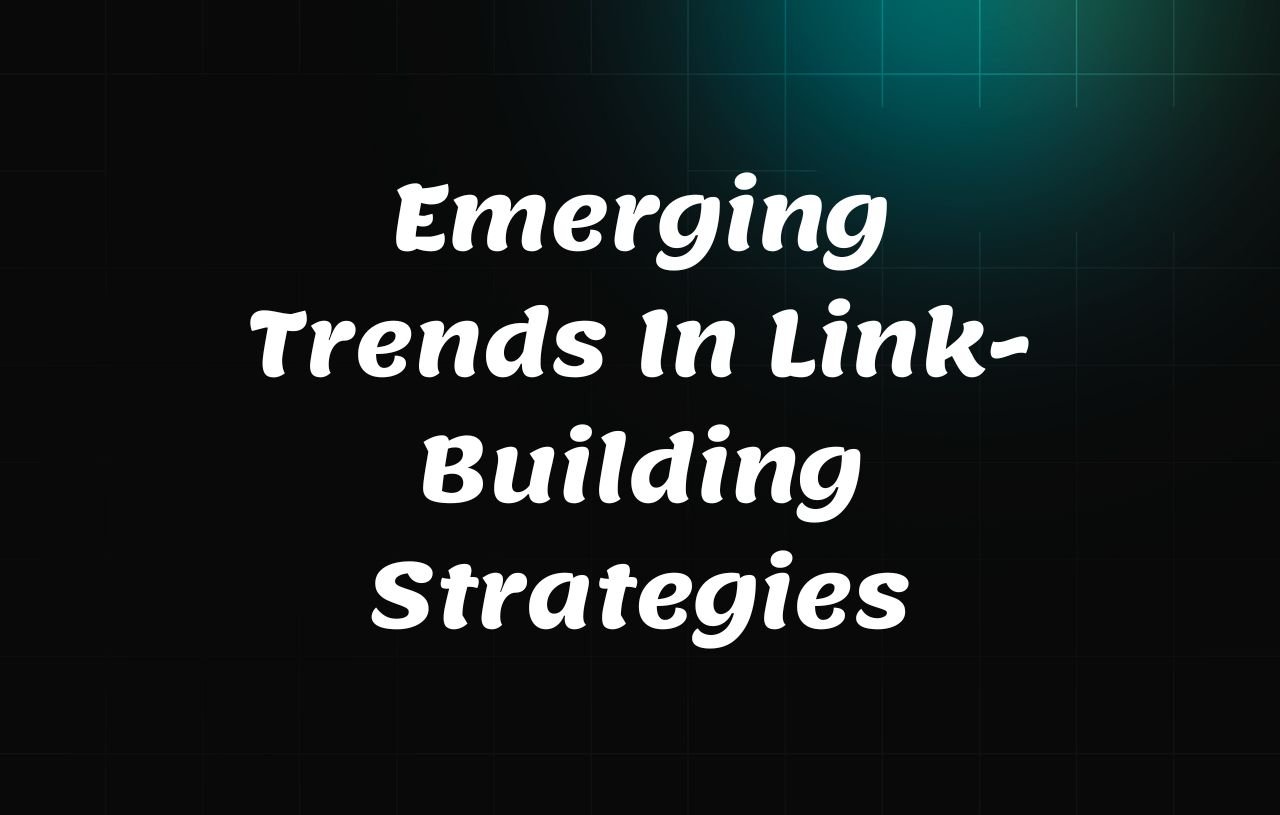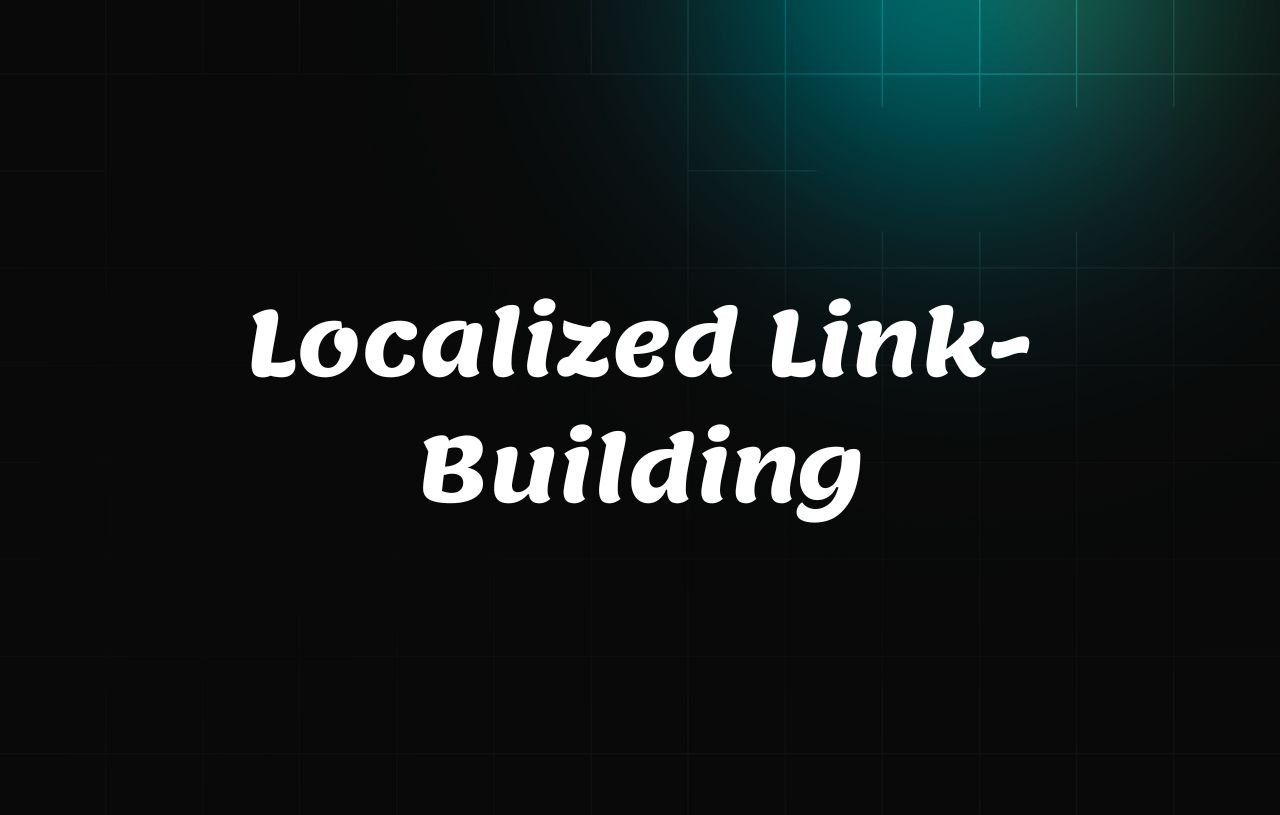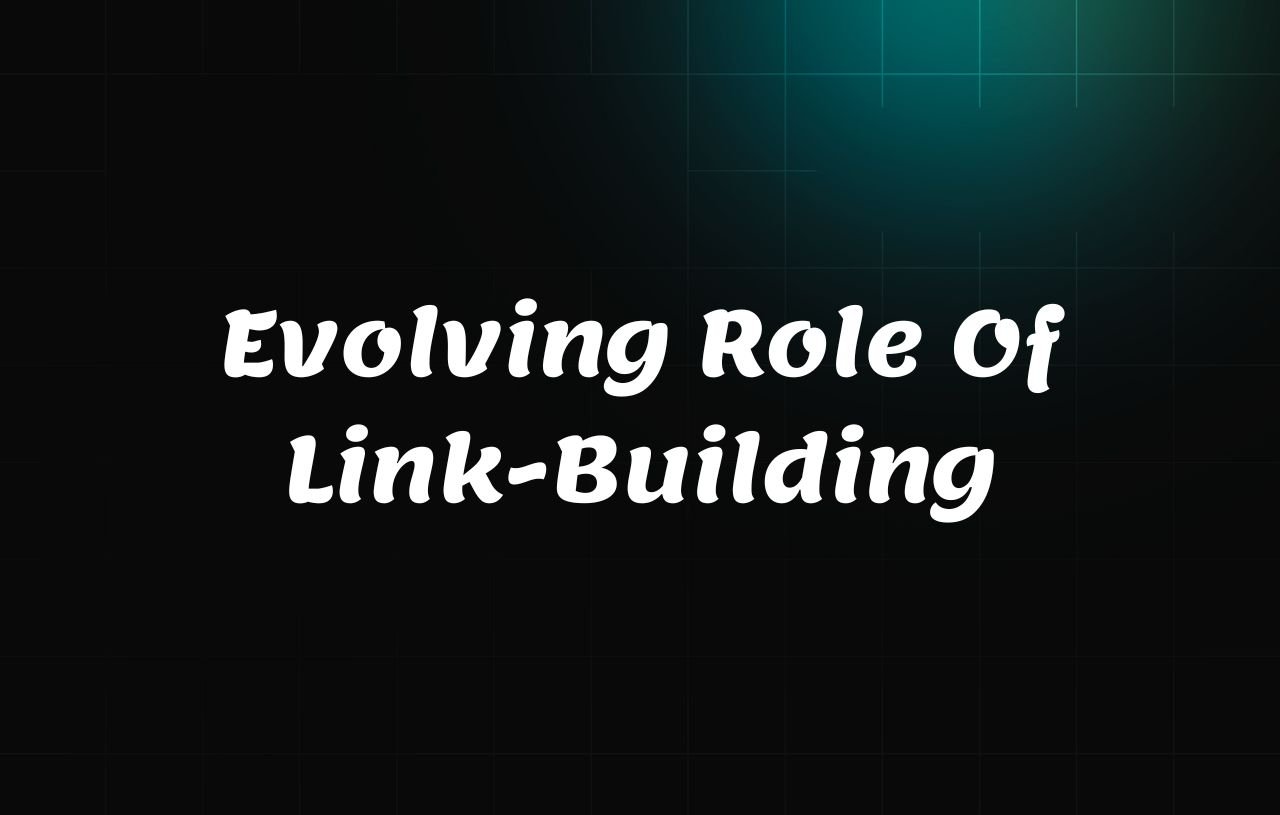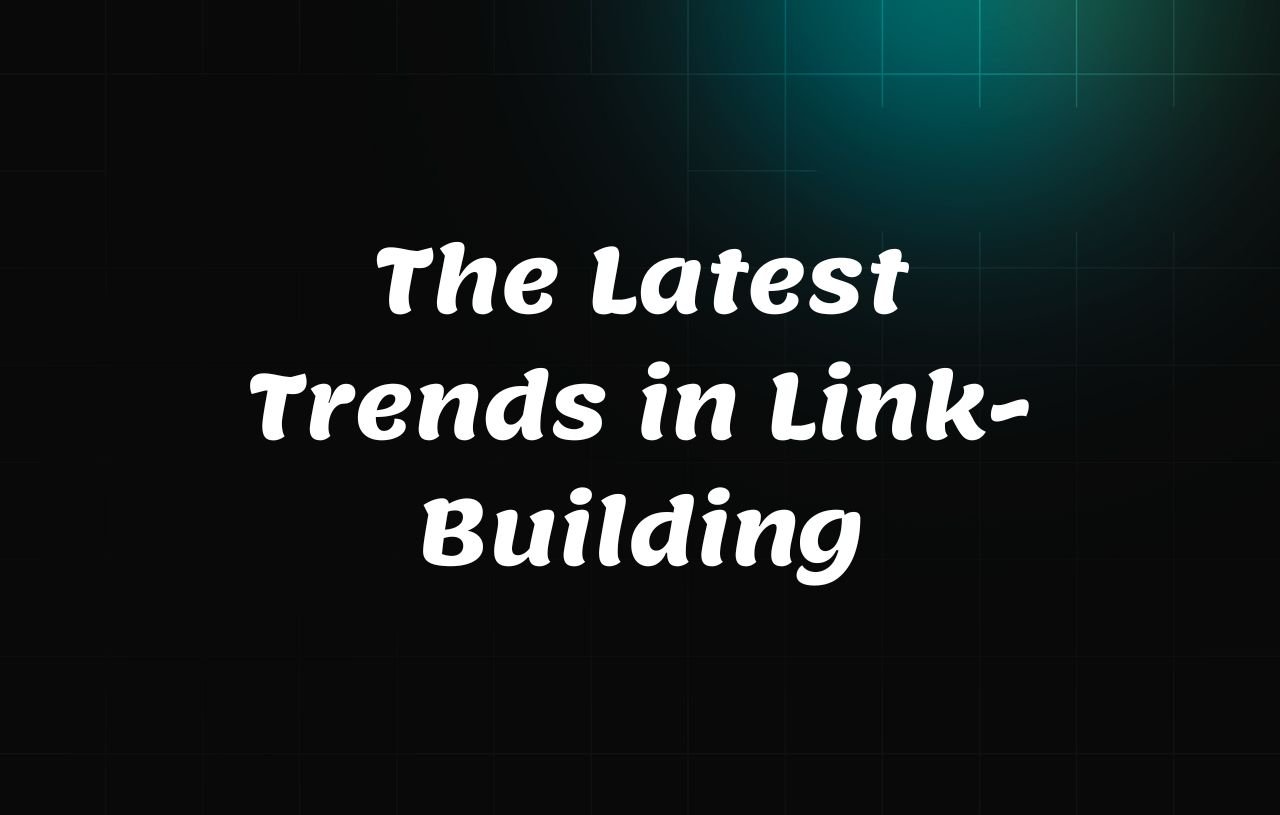In the realm of digital marketing, link-building trends emerges as a pivotal strategy, weaving a web of connectivity and referral across the vast internet landscape. Essentially, it involves acquiring hyperlinks from external websites, meticulously directing them back to your own site. These hyperlinks, commonly referred to as "links," serve as navigational pathways for users, enabling them to traverse from page to page across different websites. But link-building transcends mere connectivity. In the SEO context, it acts as a veritable signal to search engines about your website's credibility and relevance, subtly nudging your website’s rank on the Search Engine Results Pages (SERPs). Thus, in the SEO strategist’s toolkit, link-building is an indispensable implement, melding technology and strategic planning to augment a website’s visibility amidst the digital clutter.
The Anatomy of Backlinks
The universe of backlinks is both vast and nuanced, having a backbone that defines its very efficacy and potency in the SEO landscape. To truly leverage the potential of backlinks, understanding their anatomy is quintessential. This section delves into the intricate makeup of quality backlinks, discussing pivotal elements like URL structure, anchor text, and the dichotomy of dofollow and nofollow links.
The Significance of Adapting
The digital world is inherently dynamic, ever-twisting and transforming, necessitating marketers to perpetually adapt and innovate. The significance of staying abreast with link-building trends cannot be overstated, particularly in a milieu where search engine algorithms perpetually evolve, altering the digital playground’s rulebook. Modern link-building is no longer confined to mere quantity but is deeply intertwined with quality and relevance. Adopting current link-building trends is tantamount to ensuring your digital marketing strategy retains its efficacy and continues to bolster your website’s SEO. In essence, adapting is not merely a strategy but a survival mechanism, safeguarding your digital presence from becoming obsolescent in the fast-paced online world.
Historical Context
Evolution of Link-Building
A retrospective glance at link-building unveils a fascinating journey from simplicity to complexity. Initially, link-building was straightforward, dominated by direct link exchanges and directories. As the digital ecosystem burgeoned, the simplicity waned, paving the way for a nuanced approach towards acquiring backlinks. Early strategies were often overt, focusing on sheer volume, disregarding the relevance or quality of links. However, the blatant manipulation of links to game search engine results precipitated a dramatic shift, steering link-building towards an era where quality, relevance, and authenticity became paramount. This metamorphosis was largely induced by evolving search engine algorithms, especially those propagated by Google, which reshaped the digital marketing landscape, elevating link-building from a tactical maneuver to a strategic endeavor, interlaced with quality and user-centricity.
Google Algorithm Updates
Navigating through the annals of Google’s algorithm updates reveals a coherent narrative of an unyielding war against manipulative link-building practices. Pivotal updates such as Penguin, released in 2012, penalized websites indulging in link schemes and low-quality links, setting a new precedent for marketers. Subsequent updates, like the introduction of RankBrain, BERT, and more, have consistently refocused link-building towards generating genuine, high-quality content and fostering organic link acquisition. Each update presented a clear message: adapt or perish. As Google continually enhances its algorithms, recognizing and understanding these updates becomes quintessential, guiding SEO and link-building strategies to navigate within the parameters set by these algorithmic behemoths, ensuring not only survival but thriving visibility amidst the ever-shifting digital seas.
Understanding the Core
Metrics that Matter
In the labyrinthine world of link-building, certain metrics rise above the rest, signaling the health and efficacy of your strategy. Domain Authority (DA) and Page Authority (PA), proprietary metrics developed by Moz, predict a website's ranking potential based on the quality and quantity of its links. Similarly, Trust Flow, a metric devised by Majestic, evaluates the trustworthiness of a website by analyzing the caliber of sites linked to it. Then comes the Citation Flow, which gauges the link equity or "power" the website or link carries. Furthermore, Anchor Text relevance and the Follow vs. No-follow status of links also carry weight, ensuring that the links built are qualitatively aligned with your SEO aspirations. In essence, these metrics act as the strategic compass, directing your link-building voyage toward SEO success by ensuring each link acquired or built is a step towards enhancing your website’s visibility and credibility.
Recognizing and Avoiding Toxic Links
Toxic links can clandestinely infiltrate your link profile, eroding your SEO endeavors and potentially inviting penalization from search engine algorithms. Recognizing them often involves identifying patterns of unnatural linking, such as links from spam-heavy platforms, irrelevant websites, or those created purely for SEO manipulation. Utilizing tools like Google’s Disavow Tool and conducting regular backlink audits are pivotal to identifying and nullifying the threat posed by toxic links. Steering clear of link schemes, purchasing links, or participating in any practices deemed unethical or in violation of search engine webmaster guidelines is paramount to sustaining a healthy, robust link profile. Acknowledging the detrimental potential of toxic links and proactively safeguarding against them is intrinsic to ensuring the longevity and efficacy of your link-building strategy.
Content-Driven Link-Building
The Interplay Between Content and Backlink
A harmonious symbiosis exists between compelling content and effective link-building, intertwining in a dance that propels websites toward SEO triumph. Content, rich in quality and substance, serves as a magnet, naturally attracting backlinks by virtue of its inherent value and relevance. Such content not only satiates the audience’s quest for information but also positions the website as an authoritative, reliable source in its niche. On the other hand, backlinks amplify the reach of the content, extending its visibility across new audiences and enhancing its discoverability through improved search engine rankings. Thus, an invisible thread connects impactful content and backlinks, where one nurtures the other. Crafting content that resonates with the target audience, solves their dilemmas, and adds tangible value becomes the linchpin, around which successful, organic link-building effortlessly gravitates, fortifying your SEO framework with sturdy, natural links.
Case Studies
Peering through the lens of practicality, case studies illuminate the profound impact of content-driven link-building. For instance, a tech company significantly bolstered its domain authority by creating a comprehensive guide on cybersecurity, strategically embedding links and utilizing robust keyword optimization. This content, being both relevant and imperative, naturally attracted backlinks from various tech blogs and forums, subsequently elevating its SERP position. Another exemplar is a health blog that crafted well-researched articles on mental health, which not only became a resource for individuals but also a reference point for therapists and health professionals, accruing a myriad of organic backlinks. These case studies underscore a clear message: content that resonates and provides tangible value inevitably becomes a beacon, attracting high-quality, organic backlinks and thereby, solidifying your SEO foundation.
Emerging Trends in Link-Building Strategies

Relationship-Driven Link Acquisition
Cultivating relationships burgeons as a poignant trend in link-building, substantiating the adage that connections propel success. The contemporary digital landscape witnesses the blossoming of relationship-driven link acquisition, where collaborations, partnerships, and network-building converge to organically cultivate backlinks. Engaging with industry peers, contributing to forums, participating in community discussions, and actively involving oneself in the niche’s digital ecosystem not only fosters relationships but also naturally begets link exchanges, guest posting opportunities, and mutual promotional activities. The potency of relationship-driven link acquisition hinges upon genuine, mutually beneficial interactions, fortifying a brand's digital presence through authentic, authoritative links.
AI and Automation in Link-Building Trends
With technology perpetually advancing, Artificial Intelligence (AI) and automation carve themselves a formidable niche within link-building strategies. AI tools can now predict linking possibilities, analyze backlink profiles, and even decipher the potential value of prospective links, streamlining the strategy formulation process. Meanwhile, automation aids in managing and monitoring backlink profiles, tracking link decay, and even identifying fresh linking opportunities, thereby ensuring that link-building campaigns remain both agile and efficient amidst the dynamic digital terrain. The infusion of AI and automation within link-building does not merely signify progress; it heralds a new era where data-driven strategies and technological prowess coalesce to forge forward-thinking, robust link-building campaigns.
Social Media and Influencer Collaboration
Linkage: Social Signals and SEO
The symbiotic relationship between social signals and SEO is becoming increasingly pronounced, rendering social media a pivotal player within link-building endeavors. Engaging content, shares, likes, and particularly backlinks on social platforms, collectively termed as social signals, indirectly buoy SEO efforts, enhancing visibility and driving traffic. Although social signals aren’t direct ranking factors, they amplify content reach, catalyzing opportunities for organic link acquisition from forums, blogs, and websites influenced by the proliferated content. Thus, an adept intertwining of social media and SEO strategies, ensuring consistent, engaging presence and active audience interaction, can subliminally propel link-building efforts, knitting together social visibility with SEO upliftment.
Leveraging Influencer Partnerships
Navigating the crossroads of social presence and link-building, leveraging influencer partnerships emerges as a potent strategy. Influencers, with their captive audiences and credible voices, can significantly amplify content reach, inherently elevating the potential for link acquisition. Collaborations, sponsored content, and influencer-created content can subtly embed backlinks, seamlessly integrating them within engaging, authentic content and placing them directly within the purview of a receptive audience. Moreover, influencer collaborations often reciprocate with backlinks, as influencers may link back to the collaborative brand in their content, mutually enhancing digital visibility. The confluence of influencer marketing and link-building not only magnifies content reach but also intertwines authenticity with SEO, crafting a narrative that is both engaging and strategically potent.
Localized Link-Building

Importance of Local SEO
Crafting a potent strategy for localized link-building involves a multifaceted approach that intertwines digital presence with local relevance. Engaging in local forums, securing listings in local directories, and participating in local events or collaborations can garner valuable localized links. Additionally, creating locally relevant content that resonates with the specific needs, interests, and issues of the local audience can naturally attract local backlinks. Collaborating with local influencers, businesses, and platforms, and actively participating in the local digital ecosystem through guest posts, local news outlets, and local blogs can further fortify localized link-building strategies, anchoring your digital presence firmly within the local SEO landscape.
Legal and Ethical Considerations
Navigating Through Paid Links
The terrain of paid links is one fraught with both opportunity and risk. Purchasing links can theoretically offer a quick boost in link-building efforts. Navigating through paid links, therefore, demands a discerning approach, ensuring that any paid link opportunities are pursued in alignment with search engine guidelines and do not inadvertently jeopardize SEO efforts through potential penalties.
Ensuring Ethical Practice
In the pursuit of backlinks, ensuring ethical practice is not merely a moral imperative but also a strategic necessity to safeguard against potential penalizations and reputational damage. Transparency, authenticity, and user-centricity should be the cornerstones upon which link-building strategies are constructed. This involves avoiding schemes like link farms, shunning deceptive practices like cloaking, and ensuring that backlinks are always accrued in a manner that prioritizes providing genuine value and relevance to the audience. Consequently, ethical link-building intertwines SEO success with reputational integrity, ensuring sustained, penalty-free digital prominence.
Future Predictions
Preparing for Future Algorithm Updates
Vigilance and adaptability become key as we foresee future Google algorithm updates. Expect shifts towards even more user-centric algorithms, further honing in on user experience and genuine value delivery. Thus, preparation encompasses crafting a flexible link-building strategy, marrying robust, high-quality content with a versatile backlink portfolio. Regularly auditing your link profile, staying attuned to emerging SEO trends, and cultivating a culture of perpetual learning and adaptation within your SEO team will equip you to nimbly navigate through future algorithmic shifts, safeguarding your digital presence against potential upheavals.
Evolving Role of Link-Building

Link-building, while perpetually pivotal, is on a trajectory towards further evolution. Anticipate an increased intertwining of link-building with broader digital marketing strategies, as search engines continue to refine their ability to discern genuine authority and user value. Future link-building will likely delve deeper into holistic digital authority building, encompassing aspects like brand reputation, user engagement, and overall digital presence, beyond mere link quantity and quality. A future-proof strategy, therefore, entails fostering a holistic, authentically valuable digital presence that naturally attracts backlinks through genuine authority and user value.
Sustaining Link Value Amidst Tech Advancements
Technological advancements, particularly AI and machine learning, will invariably sculpt the future of link-building. Anticipate search engines developing enhanced capabilities to discern the genuine contextual relevance and authority of backlinks, possibly rendering traditional link metrics less pivotal. Sustaining link value, therefore, will likely hinge on ensuring backlinks are not merely numerically valuable, but also contextually and qualitatively pertinent, genuinely enhancing user value and digital authority in a manner that is technologically discernible.
Link-Building Mistakes and Mitigation
Identifying Common Pitfalls
Identifying and circumventing common link-building pitfalls, such as prioritizing quantity over quality, neglecting the contextual relevance of backlinks, or inadvertent accumulation of toxic links, becomes paramount. Awareness of these pitfalls, regular audits of link profiles, and ensuring adherence to established, effective link-building practices will mitigate risks and safeguard against potential penalizations or erosion of SEO efforts. Furthermore, a nuanced understanding of the dynamic SEO landscape and a keen eye for identifying and learning from mistakes fortify your strategy against common and emergent pitfalls.
Building a Resilient Strategy
Crafting a resilient link-building strategy involves intertwining robust, foundational practices with an adaptive, future-forward approach. This encompasses ensuring your link-building is firmly rooted in delivering genuine user value, acquiring high-quality, contextually relevant backlinks, and perpetually auditing and refining your strategy in alignment with evolving SEO landscapes. Resilience also involves preparing for potential mistakes or shifts, establishing mechanisms to identify, learn from, and rectify errors, and ensuring your strategy is sufficiently flexible to adapt to emergent trends, technological advancements, and algorithmic shifts, thereby ensuring sustained, resilient SEO success.
Concluding Thoughts
Summary of Key Takeaways
Navigating through the intricate pathways of link-building, we delved into its evolution, the pivotal role of content, emerging trends, and the intertwining of social media, influencers, and localized SEO strategies. We also explored the future, predicting likely shifts and challenges, and providing insights on crafting resilient, forward-thinking strategies, ensuring ethicality and adaptability in a perpetually morphing digital landscape.
Forward Momentum
Embracing future link-building endeavors, forward momentum is crafted through continuous learning, ethical practice, and adaptive strategies. The evolution in link-building propels us towards a future where authentic relationships, genuine user value, and digital authority become the keystones upon which sustainable, successful link-building strategies are forged, guiding us through the nuanced, dynamic terrains of future digital landscapes.
